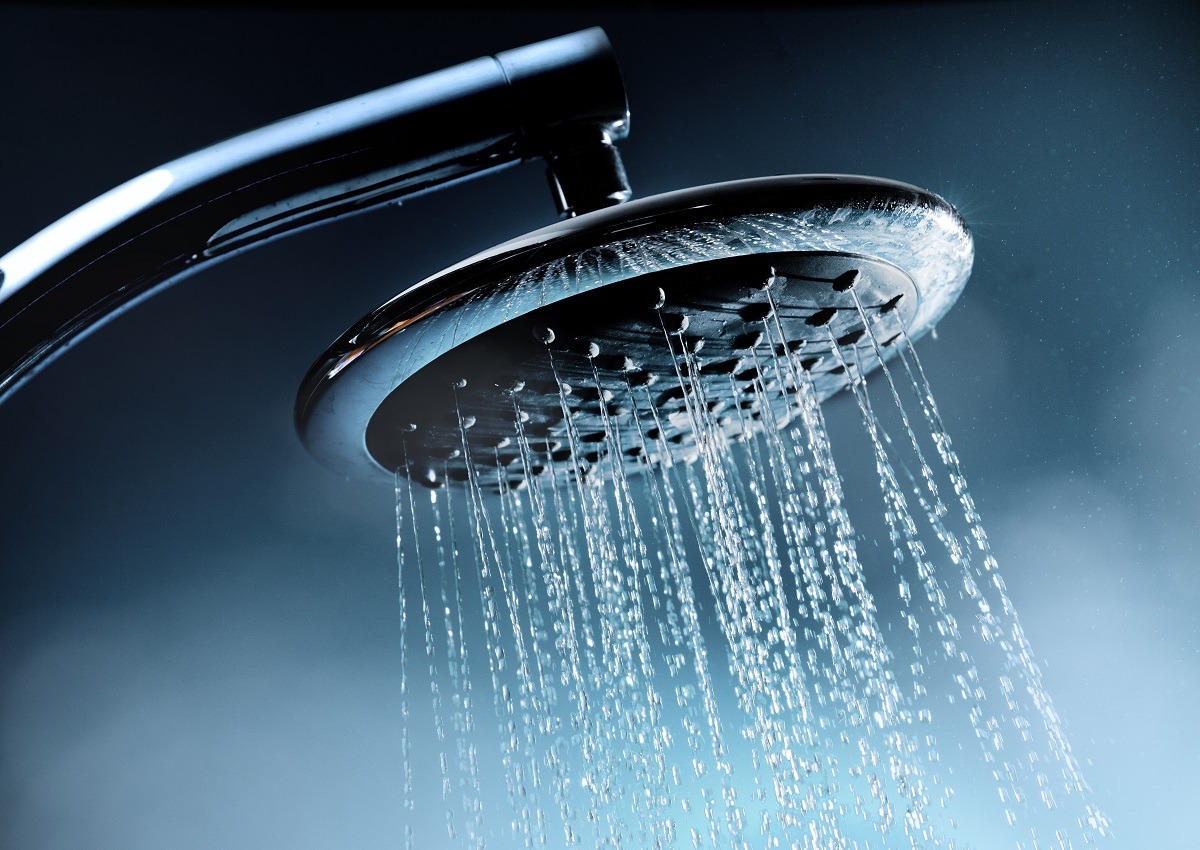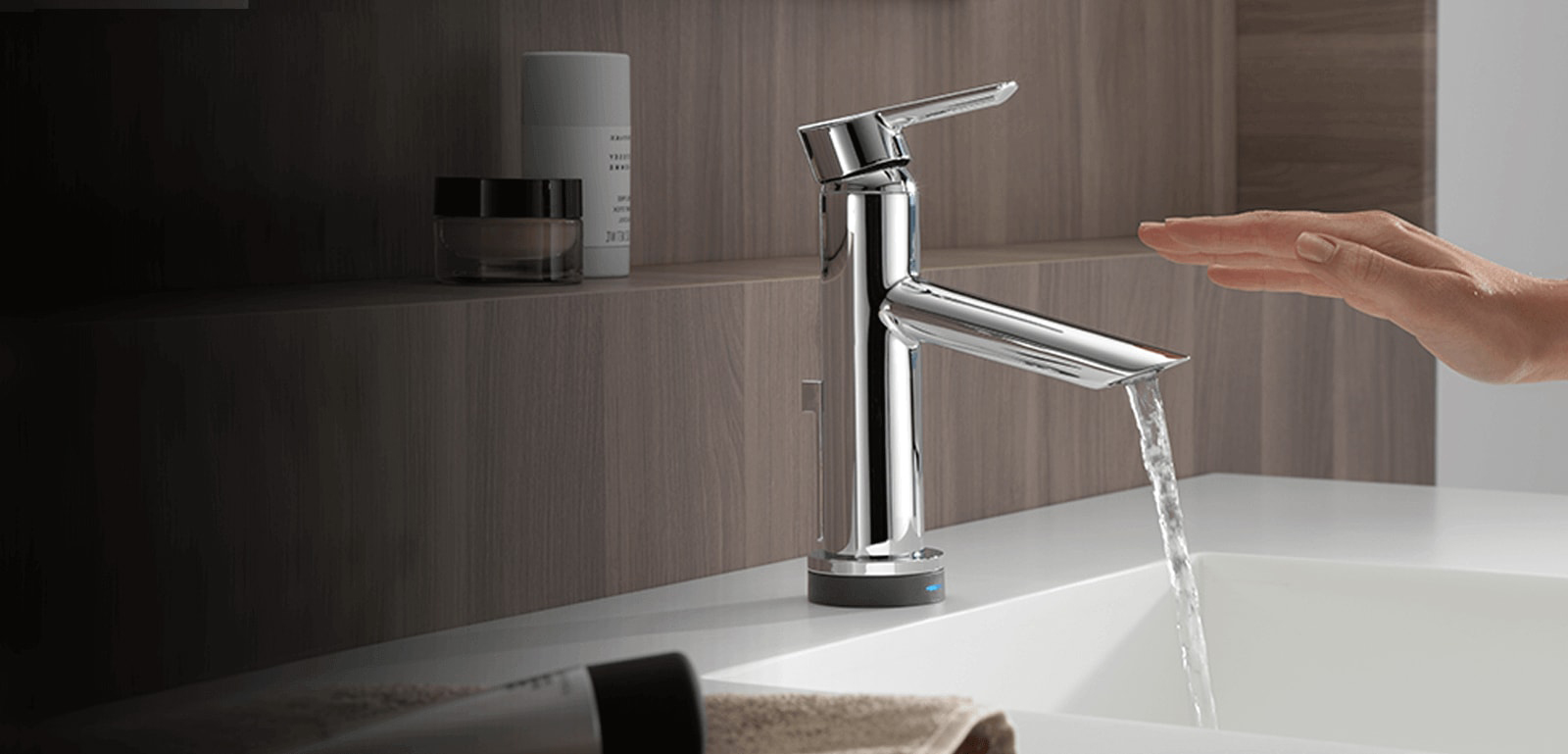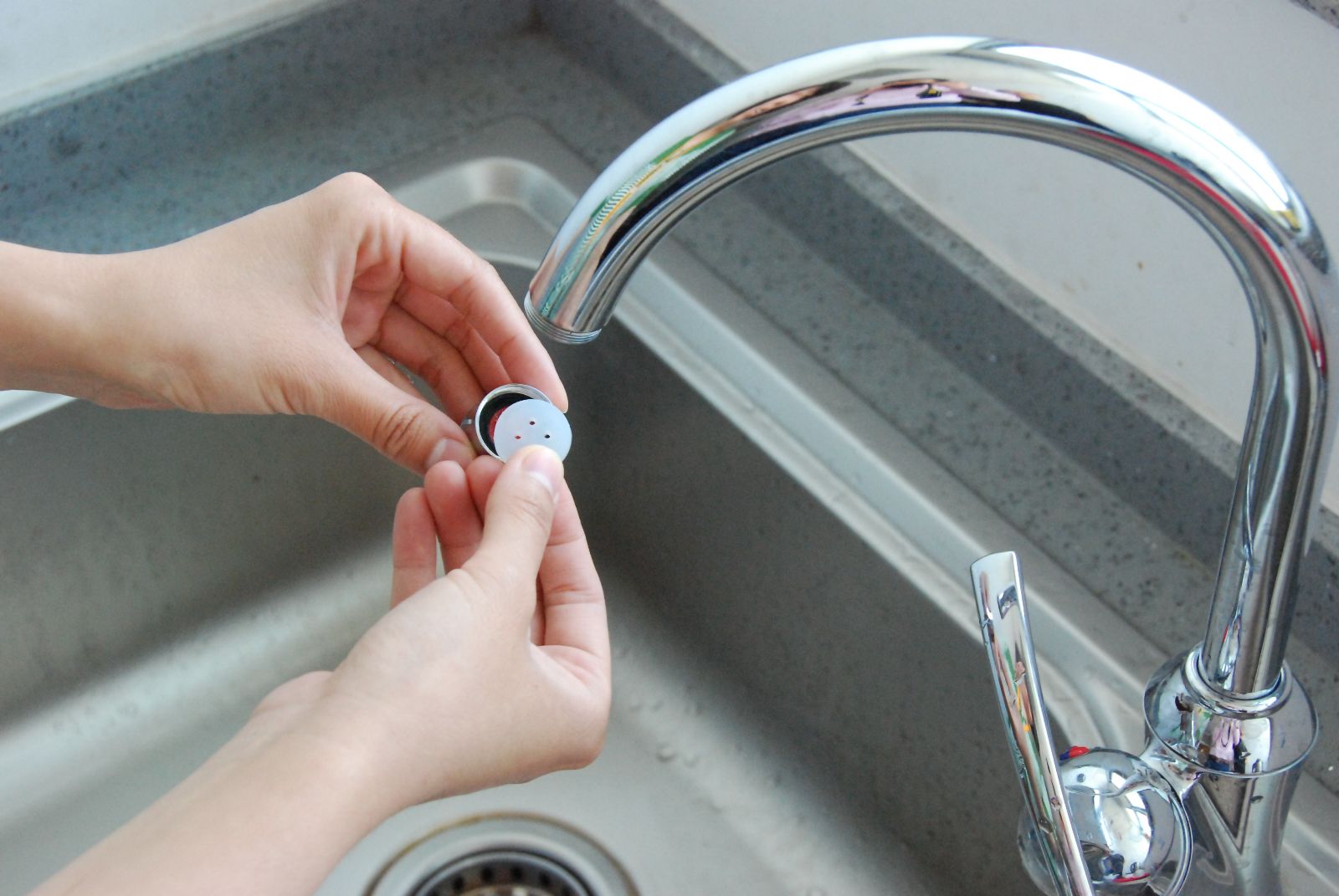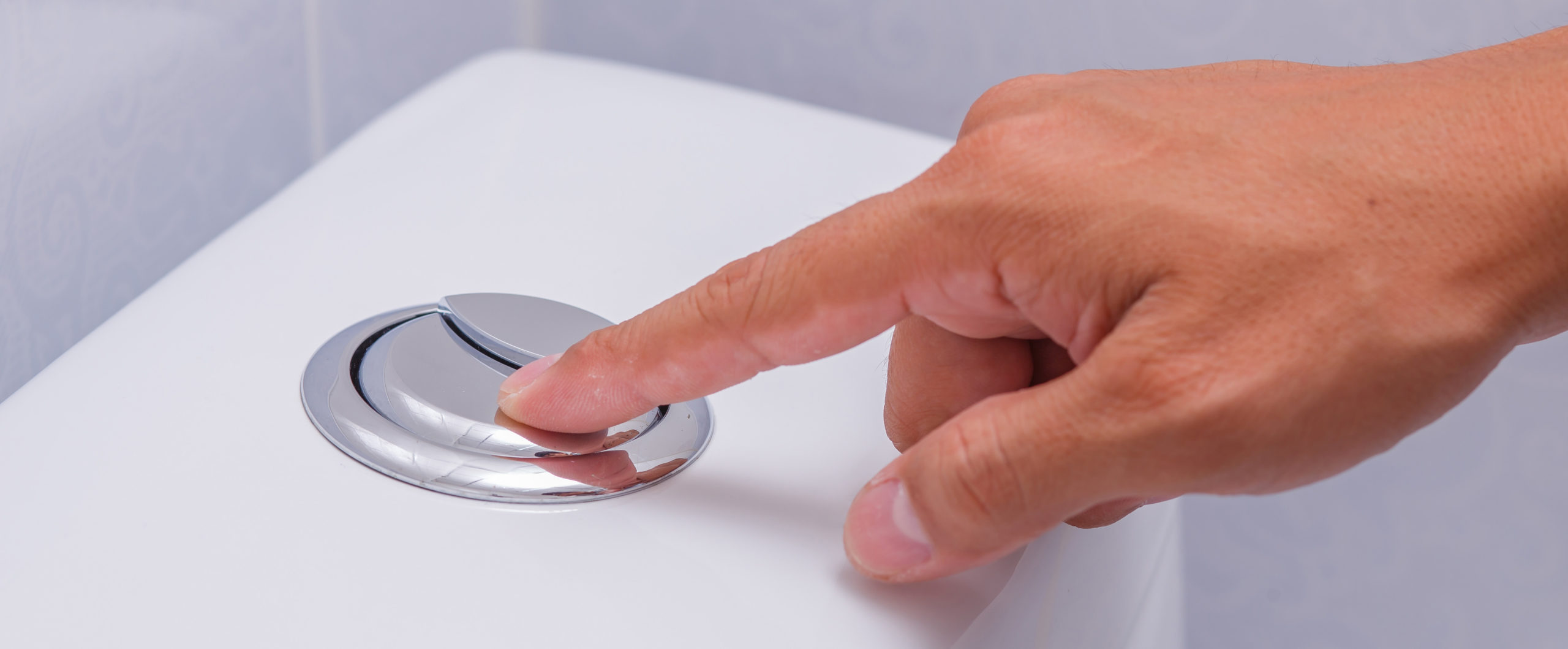Be Water Smart
Water Saving Tips For A Water Smart Home
Laundry
- Use the washing machine only when there is a full load.
<
- Opt for a washing machine with water saving features.
>
Kitchen
- Plan ahead and ensure you do not waste any water while preparing your meals.
<
- Avoid placing your frozen food under running water by thawing it out prior to cooking.
- Opt for an efficient dishwasher and only wash a full load of dishes to conserve water.
>
Bathroom
- Take shorter showers and use low pressure shower heads.
<
- Turn off the tap when you are brushing your teeth.
>
Pipes and Faucets
- Identify leaks and fix your faucets and pipes to ensure there are no dripping.
<
- Do frequent checks on your water meter to identify water leaks
>
Outdoor
- Collect and reuse rainwater for watering plants, car wash, cleaning outdoors.
<
- Water the garden in the morning or late in the evening to maximise the amount of water which reaches the plant roots.
- Avoid watering your plants during the rainy season.
- Clean your porch and driveways with a broom instead.
>
Let's Save Water
Use water sparingly and continue the good effort of saving water in your daily routine. Each drop of water is too precious to be wasted. Let’s save water for the sustainability of future generations.
Water Saving Accesories

Low Flow Showerheads
These water saving shower heads produces a flow rate as low as 1.5 gallons per minute (GPM) and is able to save 40% more water than regular shower heads.

Low Flow Faucets
The standard flow for faucets is 2.2 gallons per minute (GPM) but with the installation of a low flow faucet, it can be reduced to 1.5 GPM.

Thimble
These “tap inserts” – plastic discs the size of a 10-cent coin with five holes in them – that can be installed in their taps and shower heads. The inserts can reduce water flow by at least 15%, which means that each person can cut their water usage by at least 1,000 litres each month.

Dual Flush/Low Flow
An efficient dual-flush toilet can save up to 30% less water than a full flush toilet. Dual flush toilets handle solid and liquid waste differently from standard toilets, giving the user a choice of flushes.
